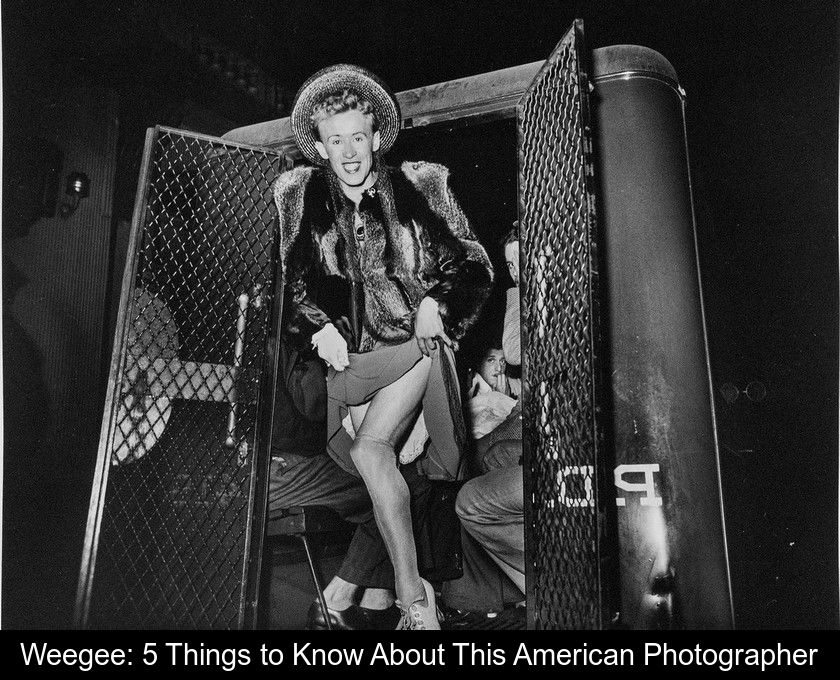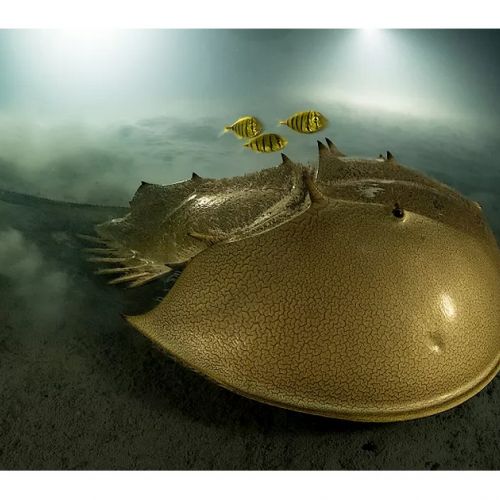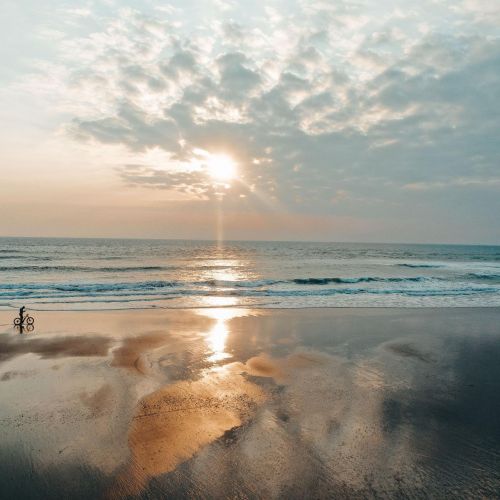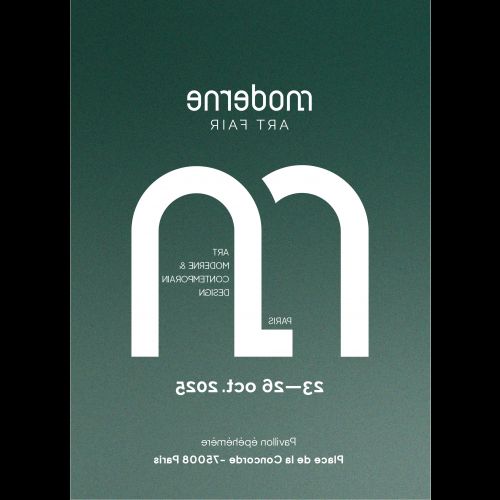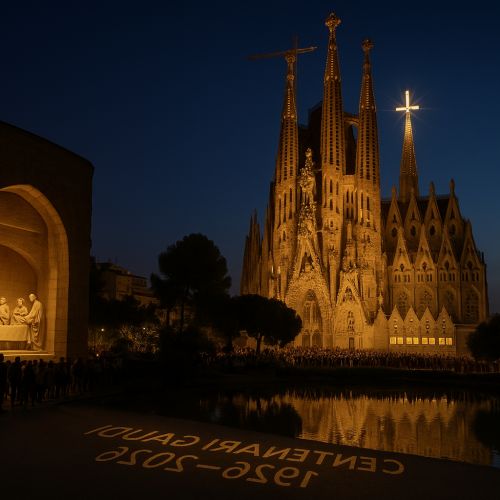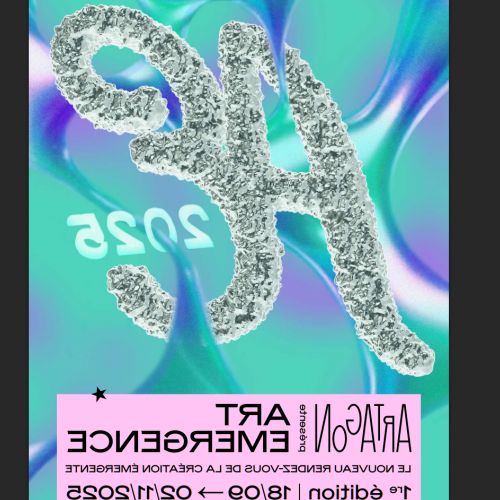Weegee: 5 Things To Know About This American Photographer
Are you familiar with the American photographer Weegee? This photojournalist, who gained fame for his snapshots of human interest stories, is also known for his caricature photographs of celebrities. Through his work, he casts a critical eye on his country as it transforms into a society of voyeurs. Here are 5 things to know about this talented and enigmatic New York photographer.
Weegee is an American photographer of Ukrainian origin.
Ascher Fellig, better known by the pseudonym Weegee, was born on June 12, 1899 in Galicia, in a town that is now in Western Ukraine.
In 1910, he joined his father who had emigrated to the United States and his first name was changed to Arthur. His family lived in the poor neighborhoods of the Lower East Side, and at the age of 14, he had to leave school to support his family by taking on various odd jobs.
One day, he was photographed on the street by an itinerant photographer. This encounter was the catalyst that led him to buy a used camera and start photography.
In 1917, he left his family home due to a rejection of the strict Judaism advocated by his father. He went through a period of wandering before landing a job in a photographic studio in 1918. It was there that he learned photo development techniques.
Although he worked as a full-time photographer in the 1920s, it wasn't until 1935 that Weegee became an independent photojournalist for the American press.
He began his career with photographs of news events.
When we look at Weegee's photography career, it appears to be split into two parts. He initially covered various events for the American tabloid press, before turning his attention to high society parties and the entertainment world.
For ten years, from 1935 to 1945, he covered all the city incidents New York had to offer: crimes, fires, and accidents. Permanently tuned into the police radio, he was often one of the first on the crime scene, capturing images of burning buildings and victims lying on the pavement.
However, he always introduced a comedic element into these dramatic situations. He had fun with the image of arrested individuals who hide behind a hat or a newspaper to conceal their faces. Others, in contrast, seem to enjoy showcasing themselves, like the man arrested for cross-dressing in a photograph from 1939.
In addition to covering sensational news, the photographer, who never forgot his own difficult childhood, also documented social misery. In an image he considers his masterpiece, he staged a confrontation between two high society ladies and a woman he brought from the working-class neighborhoods.
Weegee's photographs feature meticulous staging.
Already in his photos of news events, Weegee carefully stages the scene and incorporates spectators and voyeurs into the frame. Sometimes these are other photographers or just onlookers.
In some images, the contrast between the dramatic event unfolding and the crowd's reaction is striking. By capturing the behavior of the spectators and the curious, the photographer undoubtedly wants to make the viewer reflect when looking at his photos in the newspapers.
For this American photojournalist, a crime scene is a theater scene, as emphasized by the title of one of his photos. He titled an image where people crowd at the windows of a building for a bird's-eye view of a body lying on the sidewalk Balcony seats at a murder.
4- Weegee criticizes the society of spectacle through caricatured photos.
In 1948, Weegee left for Hollywood and photographed stars and politicians. However, his images were not simple portraits because he distorted faces by using various tricks in the darkroom.
During the last twenty years of his life, he devoted himself to these peculiar images which he called photo-caricatures. After criticizing the transformation of news into media spectacle, he more openly critiqued the American spectacle society through these doctored portraits.
5- The Henri Cartier-Bresson Foundation is dedicating an exhibition to him.
If you're curious to discover the work of Weegee, note that the Fondation Cartier-Bresson in Paris is dedicating a major exhibition to him until May 19, 2024.
This exhibition titled "Weegee, the Autopsy of Spectacle" explores all facets of his career, from crime scene snapshots to caricature photos, through some 120 photographs.
Thus, one can appreciate the full breadth of his work and the talent of this photographer who, even at that time, cast a critical eye on the American spectacle society, the glitz of Hollywood, and the media spectacle of sensational news.

